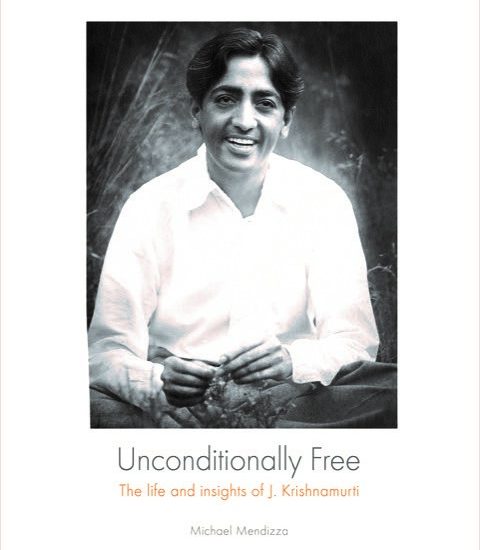Truth is a Pathless Land: Exploring the Core of J. Krishnamurti’s Teachings
Truth is a Pathless Land: Exploring the Core of J. Krishnamurti’s Teachings
With Mukesh Gupta online
January 21 – 24, 2021
This series of four online events was designed to examine carefully the essential elements of Krishnamurti’s teachings as he described them himself in a short written document requested by his biographer Mary Lutyens and entitled “The Core of the Teaching”. It was first published in 1983. The text is included in a small booklet which includes “Truth is a Pathless Land”, the speech given by Krishnamurti on the occasion of his dissolving of the Order of the Star on August 3, 1929. Twenty-two people were present for the first presentation with Mukesh Gupta, a number that remained almost exactly constant throughout the four sessions. Mukesh joined us online from Varanasi, India, presented the text to the group, and went through it with accompanying commentary based on his own deep study of K’s teachings. The format for the four meetings was very similar, beginning with about a fifty-minute talk with screen sharing of the text and spontaneous exposition of the material. The talk was then followed by a question and answer period of about forty minutes. Some of the questions addressed in the first talk and Q & A were the following:
– What is Truth? Why is there no path to it? K denies the tradition of a path. Truth is neither a thing nor an object.
– The human being must understand himself, the contents of his mind, which he can discover in the mirror of relationship.
– Observing the contents of the mind is different than thinking about them, labelling, judging, evaluating, and making an effort to change the contents. Observing is simply watching from a silent mind without an observer.
– The causes of our problems are the images created by thought which divide man from man. Images are an attempt to find a security which does not exist.
– The search for security only causes insecurity. Attachment to images creates division and conflict. This fact must be observed and the danger of it clearly seen, then a letting go can happen. Direct seeing is the key.
A variety of issues and questions related to the opening points shared by Mukesh – and to further ideas presented in each session – were presented and explored over the course of the four sessions. The talks were clear and insightful and the participants’ questions were penetrating and significant in eliciting many important and central aspects of the teachings. There was a sense of practicality in the questions and responses, with an intention to grapple with K’s teachings in a meaningful way. The sessions came to a focus on the last day when Mukesh presented a quote that he felt contains the whole of the teachings: “Total negation is the essence of the positive”. He explored the statement with the participants in some depth and emphasized that “passion” is necessary in the inquiry into the nature of ourselves. His closing words were to the effect that it is important to be simple in our exploration and not to get caught in words and concepts or in measuring ourselves and our progress.
We are grateful for Mukesh’s dedication and skill in creating this retreat and in making Krishnamurti’s teachings more available and understandable. We look forward to further presentations he will be giving in the year ahead.



